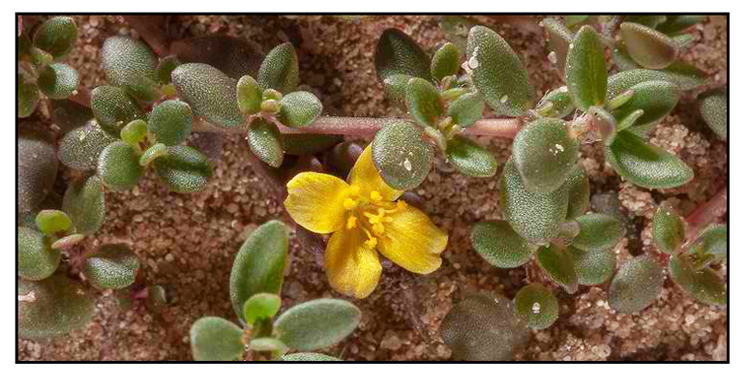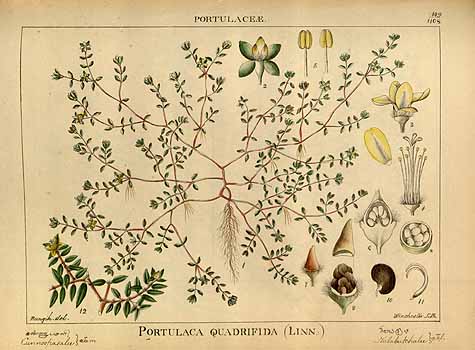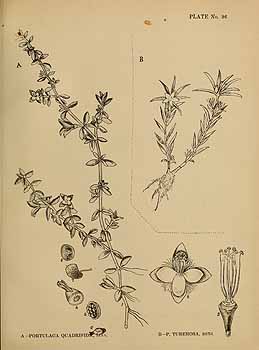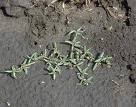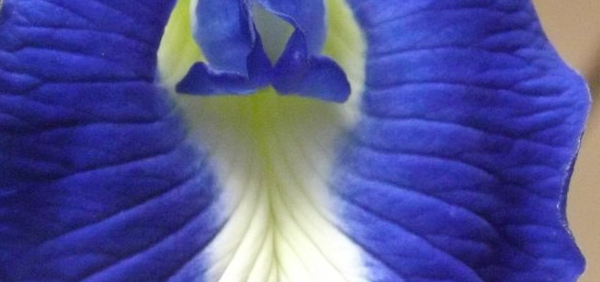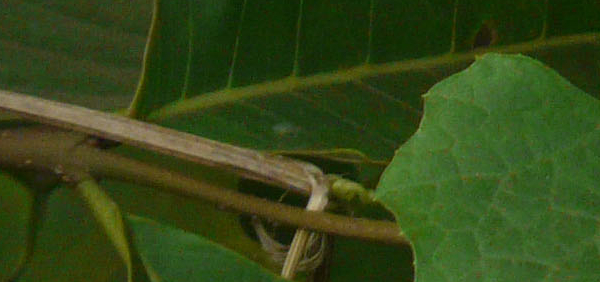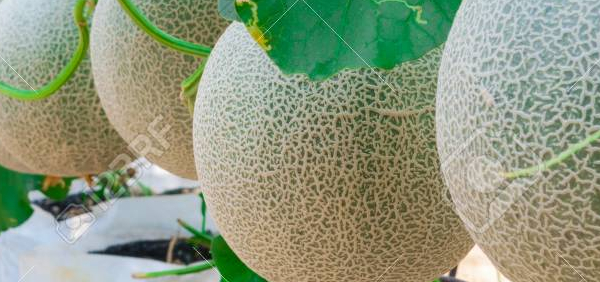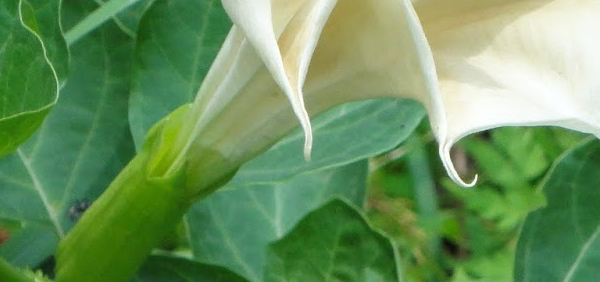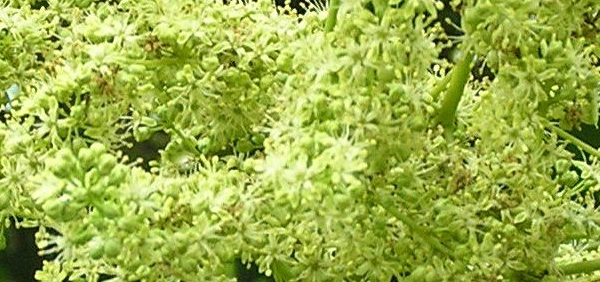kutira :
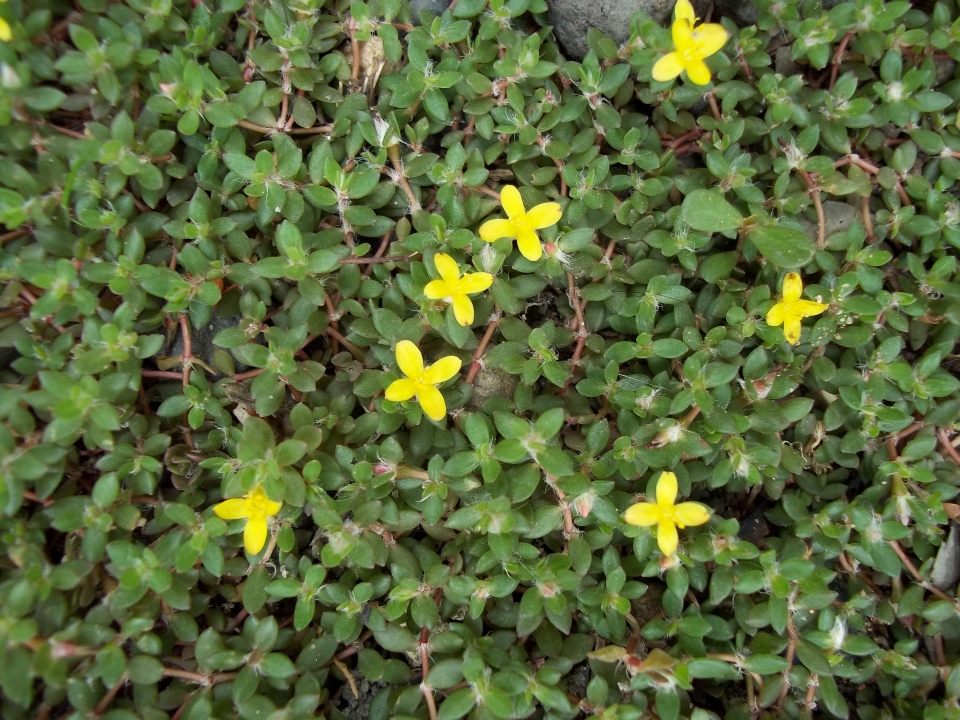
HISTORICAL AND MYTHOLOGICAL REVIEW:
Probably originally native to Africa, it is now Pantropical.Taxonomical Classification
Kingdom: Plantae - Plants
Subkingdom: Streptophyta
Superdivision: Spermatophyta - Seed plants
Division: Magnoliophyta - Flowering plants
Class: Magnoliopsida - Dicotyledons
Family: Portulacaceae
Genus: Portulaca
Species: Portulaca quadrifida
Allied species:
Portulaca formosana, Portulaca meridiana Linn, Portulaca linifolia Forssk.VERNACULAR NAMES
Sanskrit: Paciri, Paviri.English: Chicken weed, Wild purslane, single-flowered purslane; small-leaved purslane; ten o’clock plant
Hindi: Paviri, Chounlayi,Khate Chawal
Telugu: Goddu pavelli
Marathi: Rangol,Khate Chanval
Tamil: பசலை கீறை Pasalai keerai
Malayalam: Neelakeera
Kannada: Gooni Soppu,Hali Bachchdi Hali Dajjili
Sindhi: lunak
Chinese: Si lie ma chi xian, Si ban ma chi xian
French: pourpier
Burma: Mya-byit, Mya-byit-gale.
Varities:
The mat-forming habit and prostrate stems which can root from the nodes easily distinguish P. quadrifida from other members of the genus (Gilbert and Phillips, 2000).Definition
The flowers are said to open promptly at 10am, hence the English name ten oclock plantSynonyms
Synonyms in Ayurveda: kutira, laghu lonika, lonika, upadyki, kutinjara, jivalonikaIt is said to be useful in asthma, cough, urinary discharges, inflammations and ulcers.
Cultivation:
The plant is widespread in the tropics. It grows best in areas where annual daytime temperatures are within the range 22 - 32°c, but can tolerate 16 - 36°c. It prefers a mean annual rainfall in the range 1,500 - 2,000mm, but tolerates 1,000 - 2,500mmRequires a sunny position in a well-drained soil. Tolerant of a wide range of soils but prefers sand or sandy loams. Plants can succeed in quite poor soils. Prefers a pH in the range 5.5 - 6.5, tolerating 4.5 - 7.5.
Plants can become troublesome weeds of cultivation, since they break up easily and even small fragments can grow into new plants. In addition, the seeds are easily spread by wind, water, with crop seeds or through bird droppings.
The plants take about six to eight weeks to produce a crop from seed and can then be harvested every two weeks on a cut and come again principle.
This species photosynthesizes by a more efficient method than most plants. Called the C4 carbon-fixation pathway, this process is particularly efficient at high temperatures, in bright sunlight and under dry conditions
Propogation:
Seed - fresh seeds need light for germination, but this requirement disappears in older seedsHarvesting:
Portulaca species flowers are complete, bisexual, i.e., with functional male (androecium) and female (gynoecium), including stamens, carpels and ovary; rarely unisexual. Pollination is entomophilous i.e., by insects, or cleistogamy i.e., by self or allogamy i.e., by cross pollination. Flowering/Fruiting: throughout the year.Phytochemistry:
Parts used for medicinal purpose
Leaves, Seed, ,Dosage:
- Juice - 1-20 ml
- Powder- 125-400 mg
Morphology:
Histology:
Geographical distribution:
Probably originally native to Africa, it is now Pantropical.ECOLOGICAL ASPECT:
Open disturbed grounds on sandy soilsPlant conservation:
The wide distribution and large variation of P. quadrifida Linn. points to great genetic flexibility that rapidly permits adaptation to new environments.General Use:
Therapeutic Uses:
used for treatment of urinary and inflammatory disorders. Leaf juice applied to abscesses. Leaf decoction used in dysentery. Plant decoction used as anthelmintic and for treatment of stomach complaints and diarrhea.Systemic Use:
P. quadrifida is also used as a traditional medicine in Africa and in China e.g. as a veterinary lactation stimulant or as an anti-abortifacient. It is also used for parasitic infection, for kidneys, pulmonary troubles, stomach troubles, venereal disease and as a diuretic, pain-killer or vermifuge (JSTOR Global Plants, 2014). Other uses mentioned by PROTA (2014) include as a diuretic, to treat rheumatism and gynaecological diseases, as a sedative, analgesic and cardiotonic, to treat fever, disorders of the urinary tract, worm diseases, as a tonic and choleretic, to treat dysentery and to apply externally to ulcers, eczema and dermatitis.Administration:
DecoctionPharmacological:
Clinical trials:
Research:
Toxicity studies:
Use in other system of medicine:
In Rajasthan, the leaves, after boiling, are used in preparing a bread by mixing with Bajra. In Tamil Nadu, leaves and tender shoots cooked and eaten as greens.CONCLUSION:
Portulaca quadrifida Linn. belongs to the family Portulacaceae. It is a small diffused, succulent, annual herb found throughout the tropical parts of India. It is used as a vegetable and also used for various curative purposes.Photos of kutira -
- Courtesy: http://www.stuartxchange.org/Sayikan.html
- Courtesy: http://plantillustrations.org/illustration.php?id_illustration=44991&SID=0&mobile=0&code_category_taxon=9&size=1
- Courtesy: http://plantillustrations.org/illustration.php?id_illustration=217083&SID=0&mobile=0&code_category_taxon=9&size=1
- Courtesy: http://plantillustrations.org/illustration.php?id_illustration=161711&SID=0&mobile=0&code_category_taxon=9&size=1
- Courtesy: http://malherbologie.cirad.fr/Adventrop/especes/p/porqu/porqu_p.jpg
- Courtesy: http://www.metafro.be/prelude/prelude_pic/Portulaca_quadrifida3.jpg
KEY WORDS: kutira Scientific name: Portulaca quadrifida Linn.
- » Classification and names of kutira
- » Synonyms and definitions of kutira
- » Drug Properties of kutira
- » Chemical Constituents of kutira
- » Standardization of kutira
- » Parts used and Dosage of kutira
- » Morphology and Histology of kutira
- » Distribution and Conservation of kutira
- » Cultivation of kutira
- » kutira in the market
- » Medicinal Uses of kutira
- » Researches and clinical trails of kutira
- » kutira in other sytems of medicine
- » Ayurvedic formulations with kutira
- » Images of kutira


